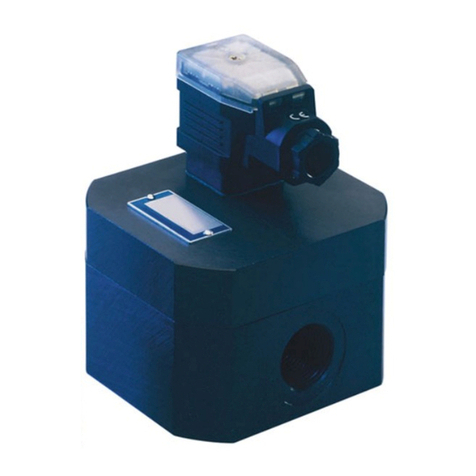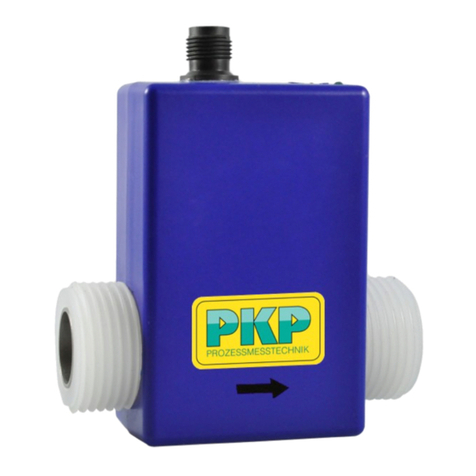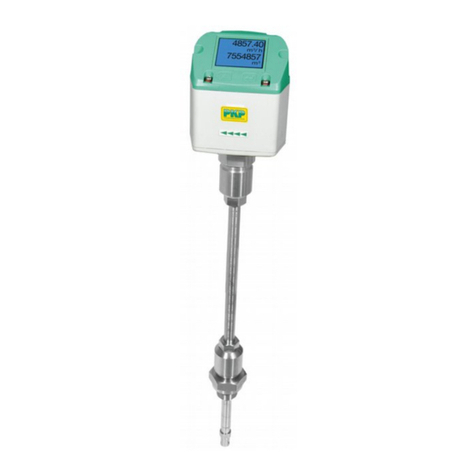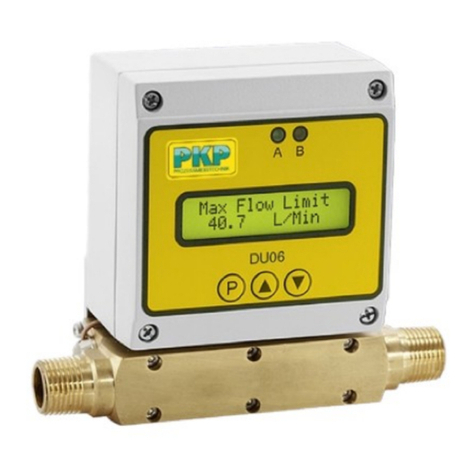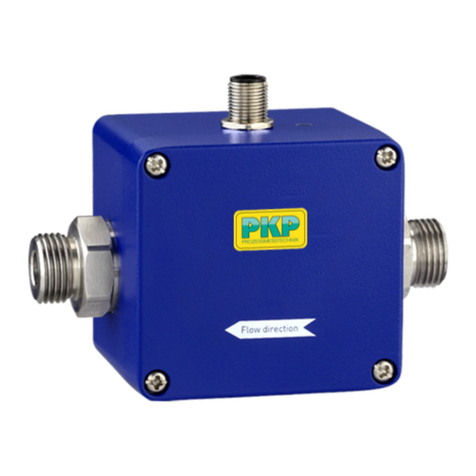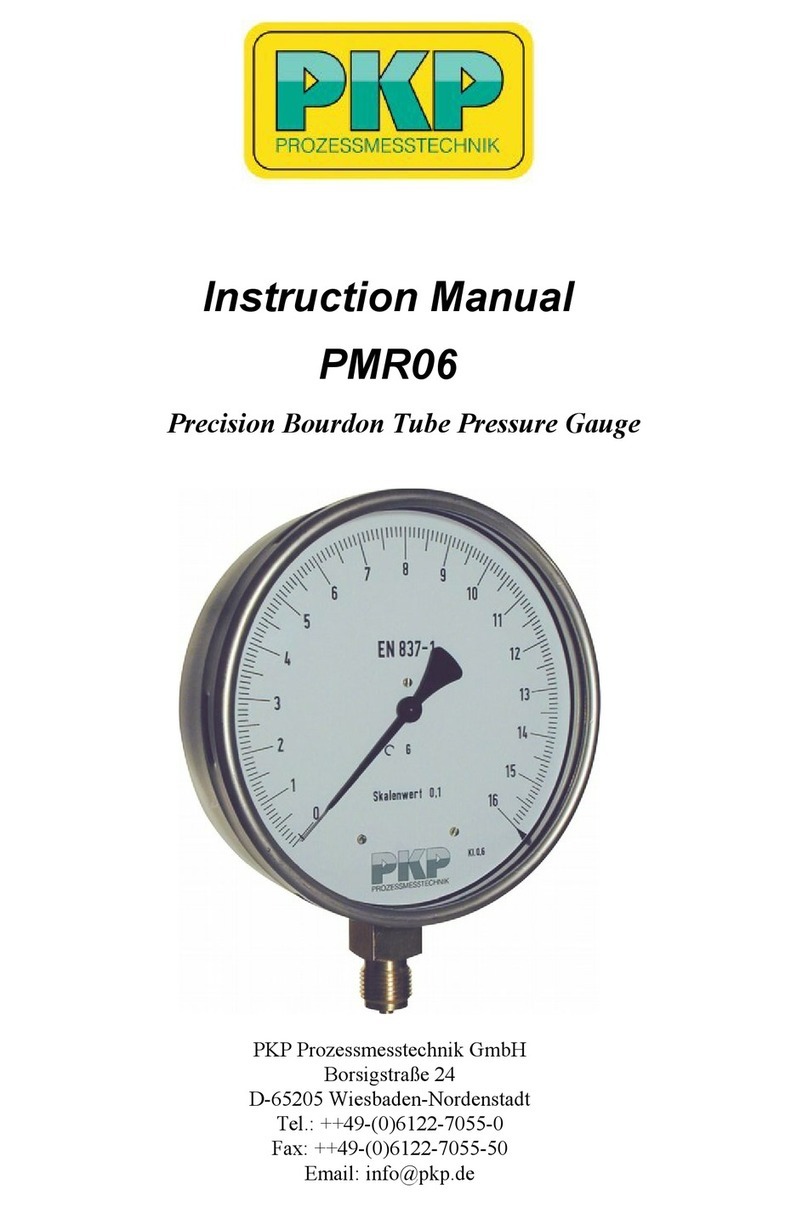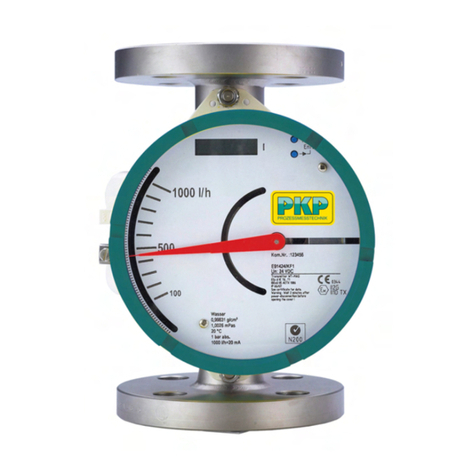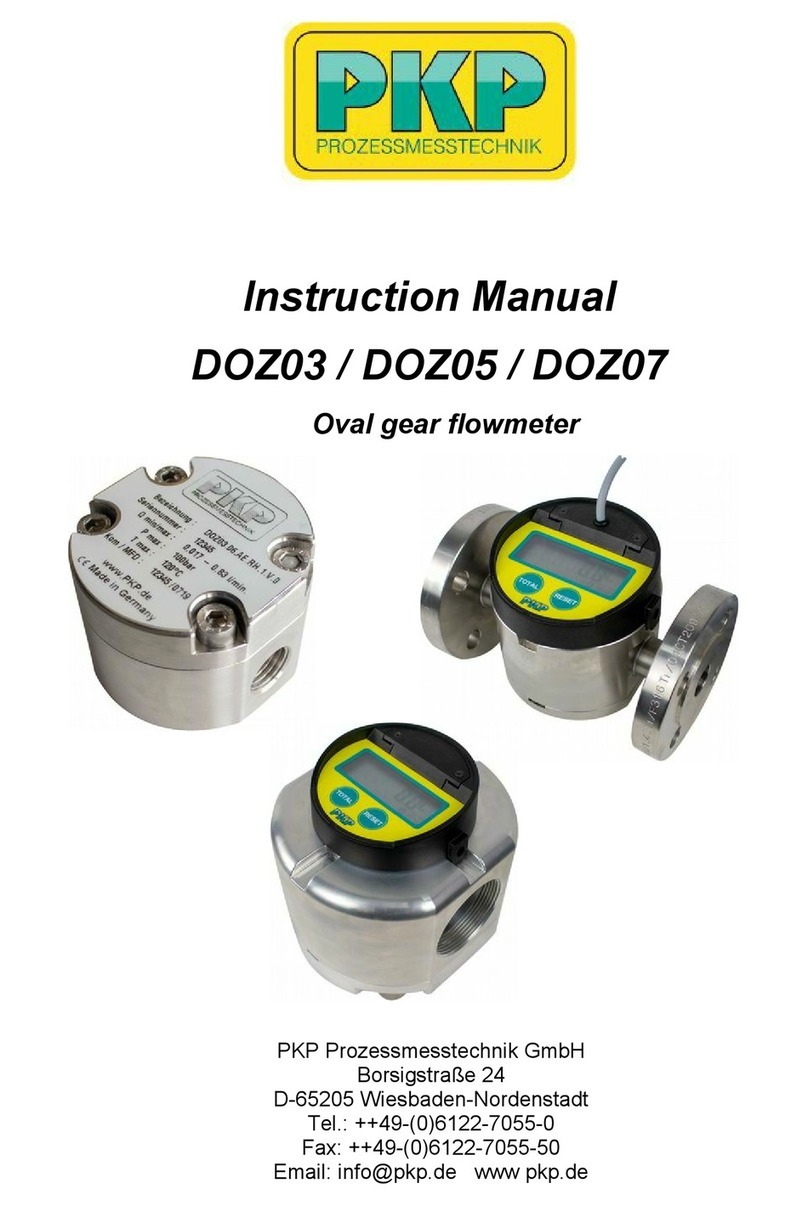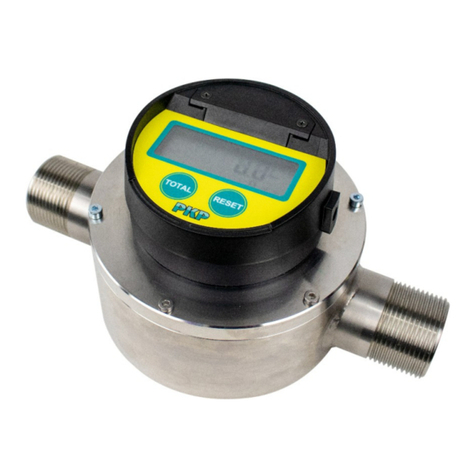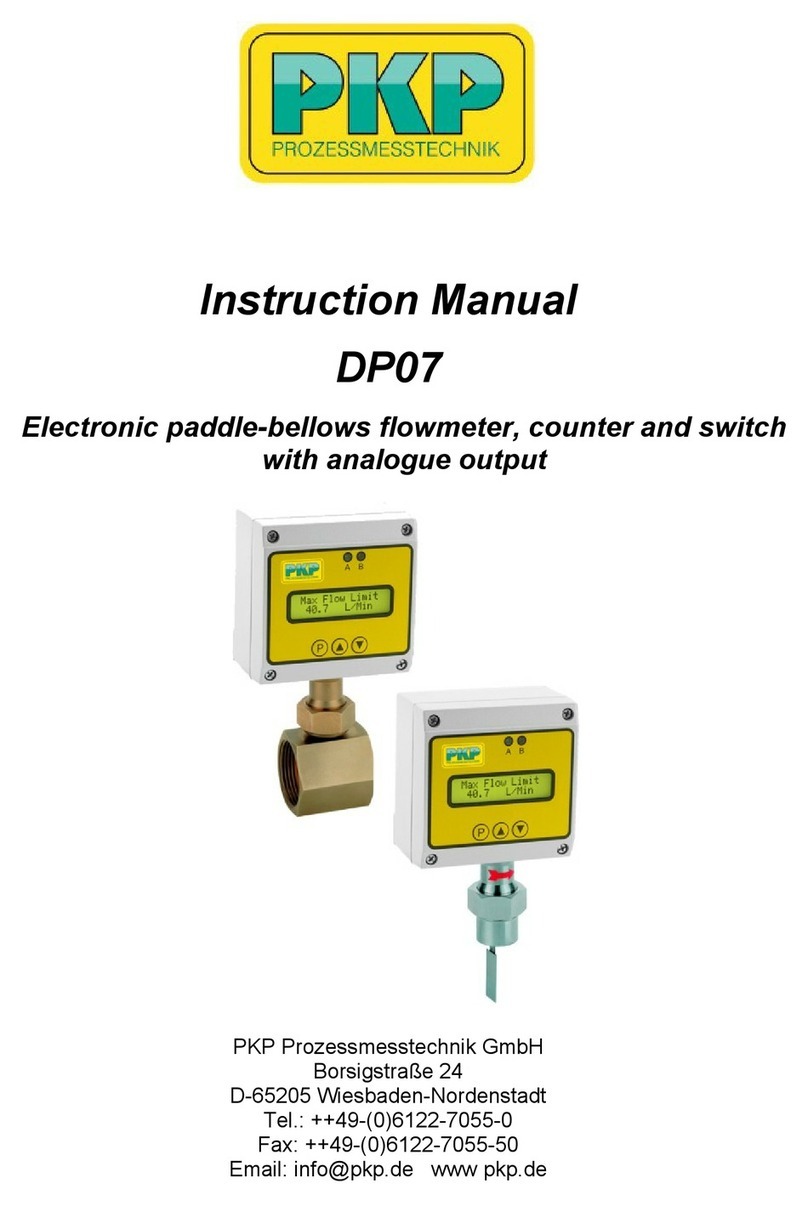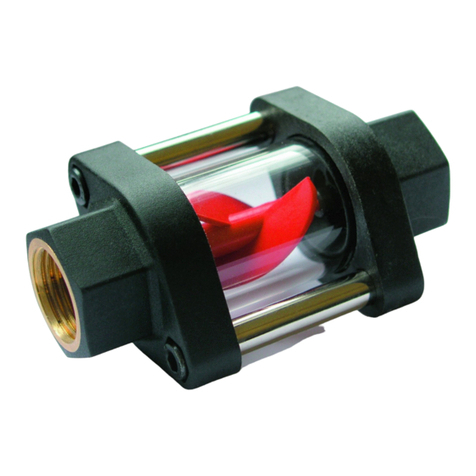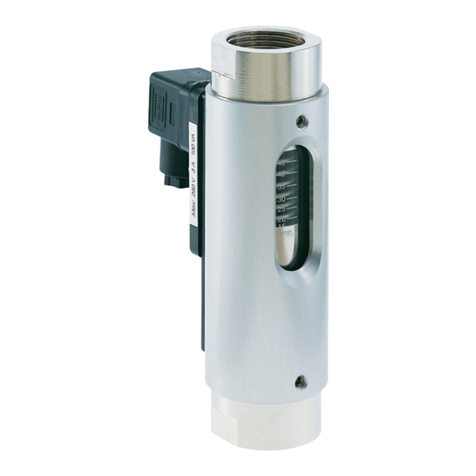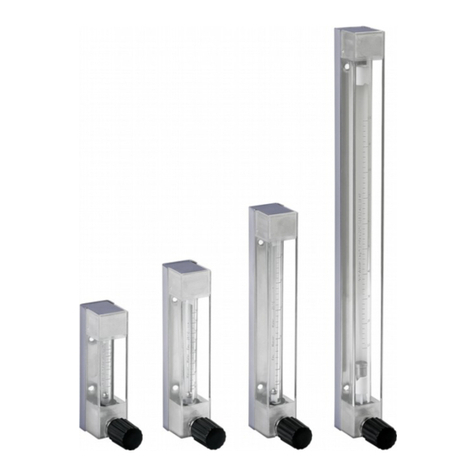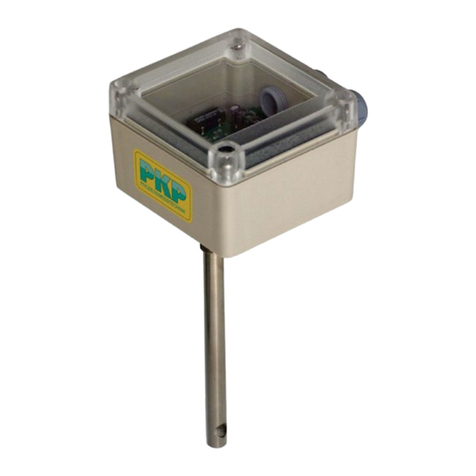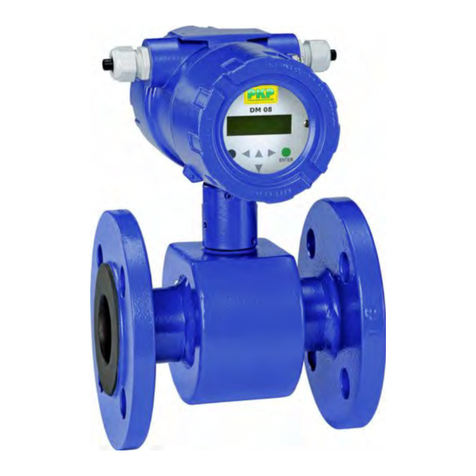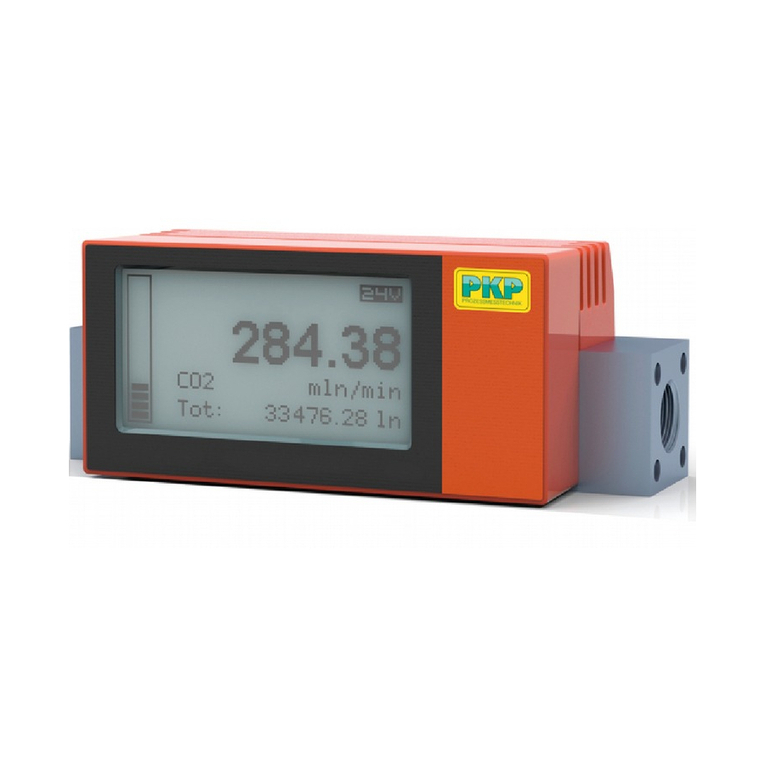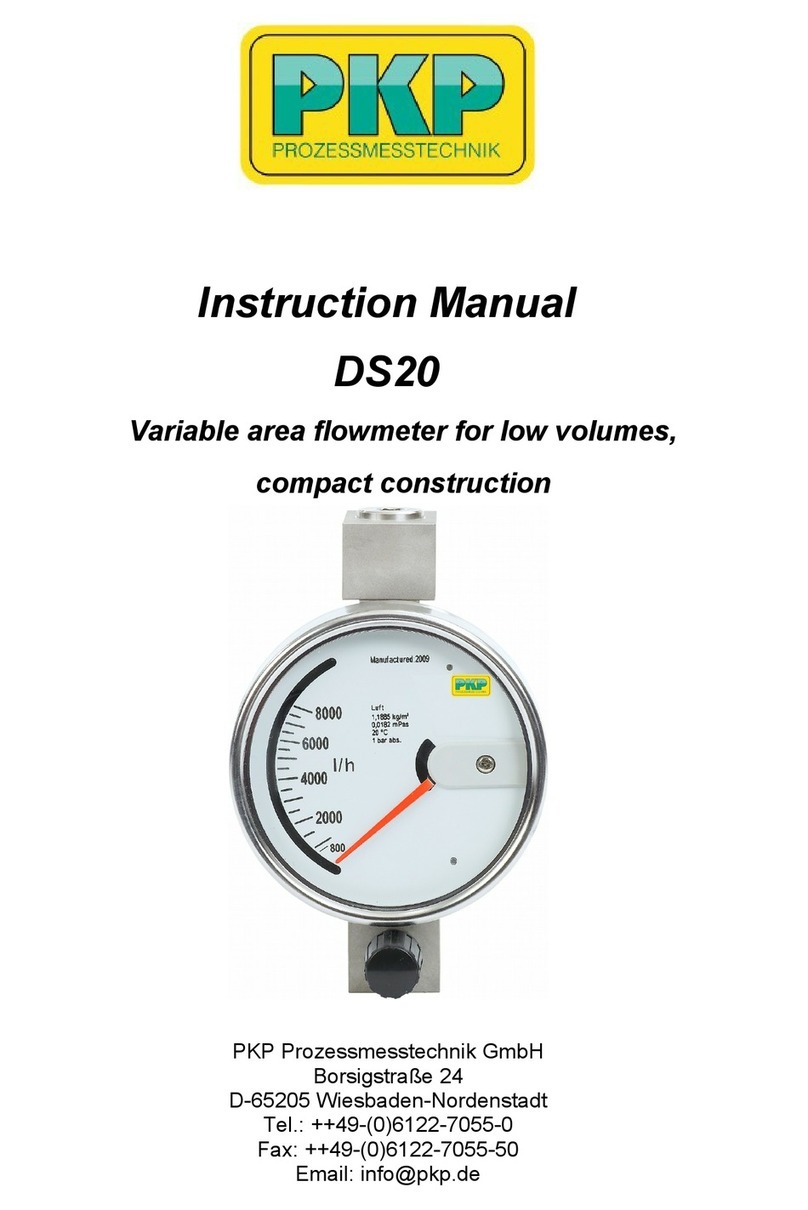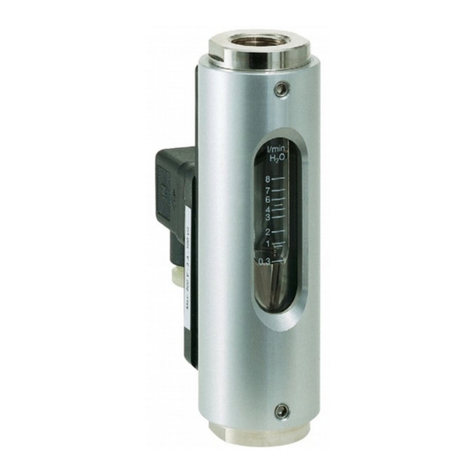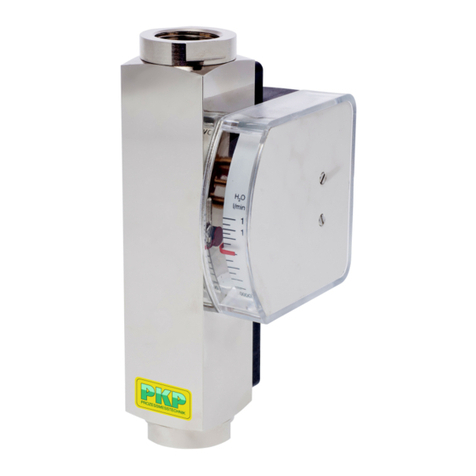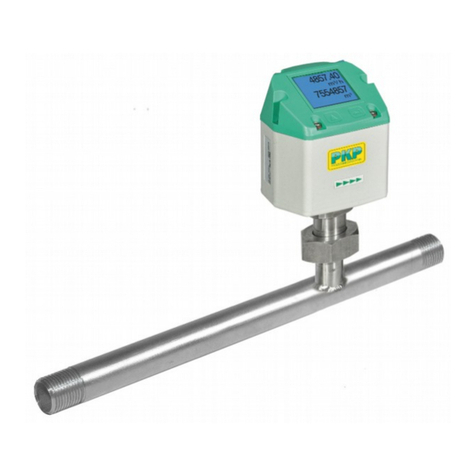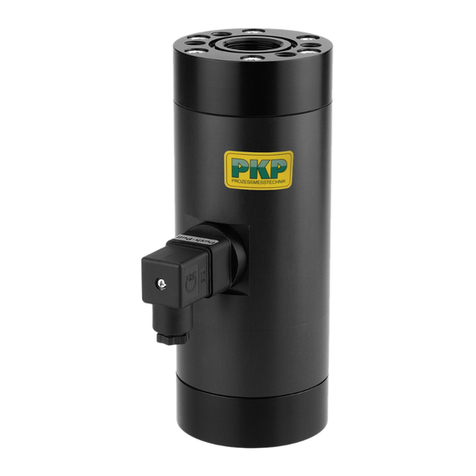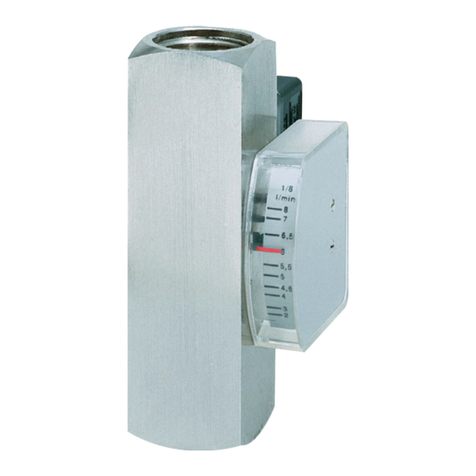Table of Contents
Safety Information................................................................................................................................2
Functional Description.........................................................................................................................3
Design...................................................................................................................................................4
Installation Information........................................................................................................................4
Installation............................................................................................................................................7
Initial startup.........................................................................................................................................7
Tightening torque.................................................................................................................................8
Electrical Connection...........................................................................................................................9
Contact protection measures...............................................................................................................11
Venting the valve................................................................................................................................13
Setting the switch point......................................................................................................................13
Checking / reading-off the flow..........................................................................................................14
Troubleshooting guide........................................................................................................................15
Safety Information
General Instructions
To ensure safe operation, the device should only be operated according to the specifications in the
instruction manual. The requisite Health & Safety regulations for a given application must also be
observed. This statement also applies to the use of accessories.
Every person who is commissioned with the initiation or operation of this device must have read
and understood the operating instructions and in particular the safety instructions!
The liability of the manufacturer expires in the event of damage due to improper use, non-
observance of this operating manual, use of insufficiently qualified personnel and unauthorized
modification of the device.
Proper Usage
Series DS09 angle seat variable flow meters are designed to measure and monitor continuous flow
rates of liquids and gases which do not attack the device materials. All other usage is regarded as
being improper and outside the scope of the device.
The series DS09 flow meter devices should not be deployed as the sole agents to prevent dangerous
conditions occurring in plant or machinery. Machinery and plant need to be designed in such a
manner that faulty conditions and malfunctions do not arise that could pose a safety risk for
operators.
DS09 Instruction manual 05/2018 page 2












